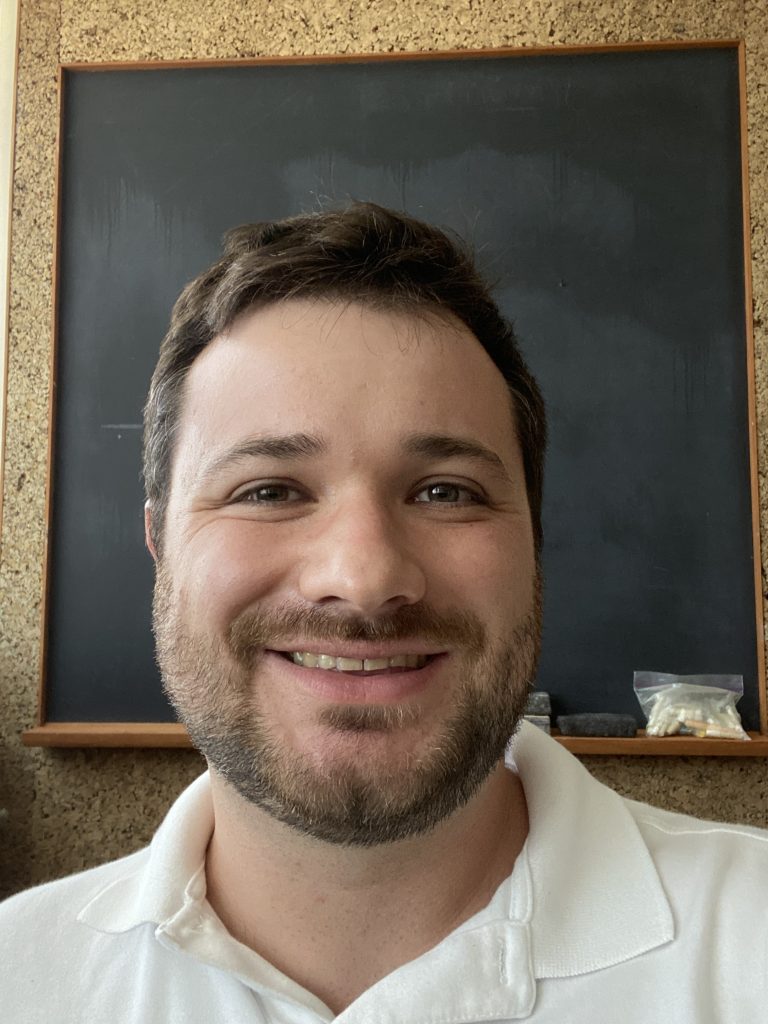
Research Interests
How energy, mass, and seawater properties are transported and modified by large and mesoscale processes, deep ocean circulation, ocean dynamics, and variability of the Atlantic Meridional Overturning Circulation.
Tiago Bilo, PhD.
Assistant Scientist (University of Miami/CIMAS), Physical Oceanography Division
858.203.8210
4301 Rickenbacker Causeway
Miami, Florida 33149
“Because the ocean is fascinating and relatively unexplored, it is impossible to get bored being an oceanographer.”
Dr. Tiago Bilo is an Assistant Scientist at the University of Miami’s Cooperative Institute for Marine and Atmospheric Studies (CIMAS) and the Physical Oceanography department at NOAA’s AOML. As a physical oceanographer, Tiago tries to implement the best tools to answer specific scientific questions (ocean in-situ observations, remote sensing, modeling, and theory). However, his research approach is primarily based on in-situ moored observations. Besides conducting his own research, Tiago is an education enthusiast and tries to get involved in as many teaching and mentoring activities as possible.
Current Work
Dr. Bilo’s current research is focused on the abyssal seawater properties of the Atlantic ocean
2020, Ph.D. Meteorology and Physical Oceanography, University of Miami’s Rosenstiel School of Marine and Atmospheric Science, Miami, FL
2015, M.S. Oceanography, University of São Paulo, Brazil
2012, B.S. Oceanography, University of São Paulo, Brazil
Le Bras, I A-A; Callies, J; Straneo, F; Biló, T C; Holte, J; Johnson, H L, 2022: “Slantwise convection in the Irminger Sea”, Journal of Geophysical Research: Oceans, doi: 10.1029/2022JC019071
Biló, T. C.; Straneo, F; Holte, J; Le Bras, I A-A, 2022: “Arrival of New Great Salinity Anomaly Weakens Convection in the Irminger Sea”, Geophysical Research Letters, doi: 10.1029/2022GL098857
Desbruyeres, D. G.; Bravo, E P; Thierry, V; Mercier, H; Pascale, L; Cécile, C; Biló, T C; Fried, N; De Jong, M F, 2022: “Warming-to-Cooling Reversal of Overflow-Derived Water Masses in the Irminger Sea During 2002–2021″, Geophysical Research Letters, doi: 10.1029/2022GL098057